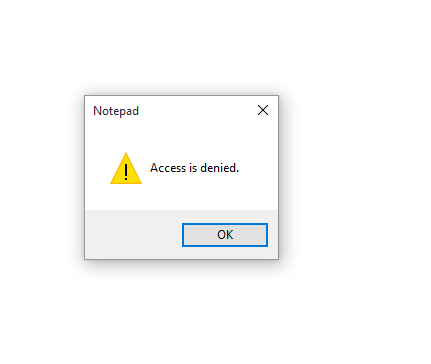Any news on the WSA release that will clran up old dbxxxx.db files.
David
Solved
WR Data cleanup
Best answer by shorTcircuiT
I think the bottom line of the original question of this thread is that we will need to be patient... It is not a good idea at all to be deleting or altering anything in the WRData folder without expert assistance. :)
View originalReply
Login to the community
No account yet? Create an account
Enter your E-mail address. We'll send you an e-mail with instructions to reset your password.








